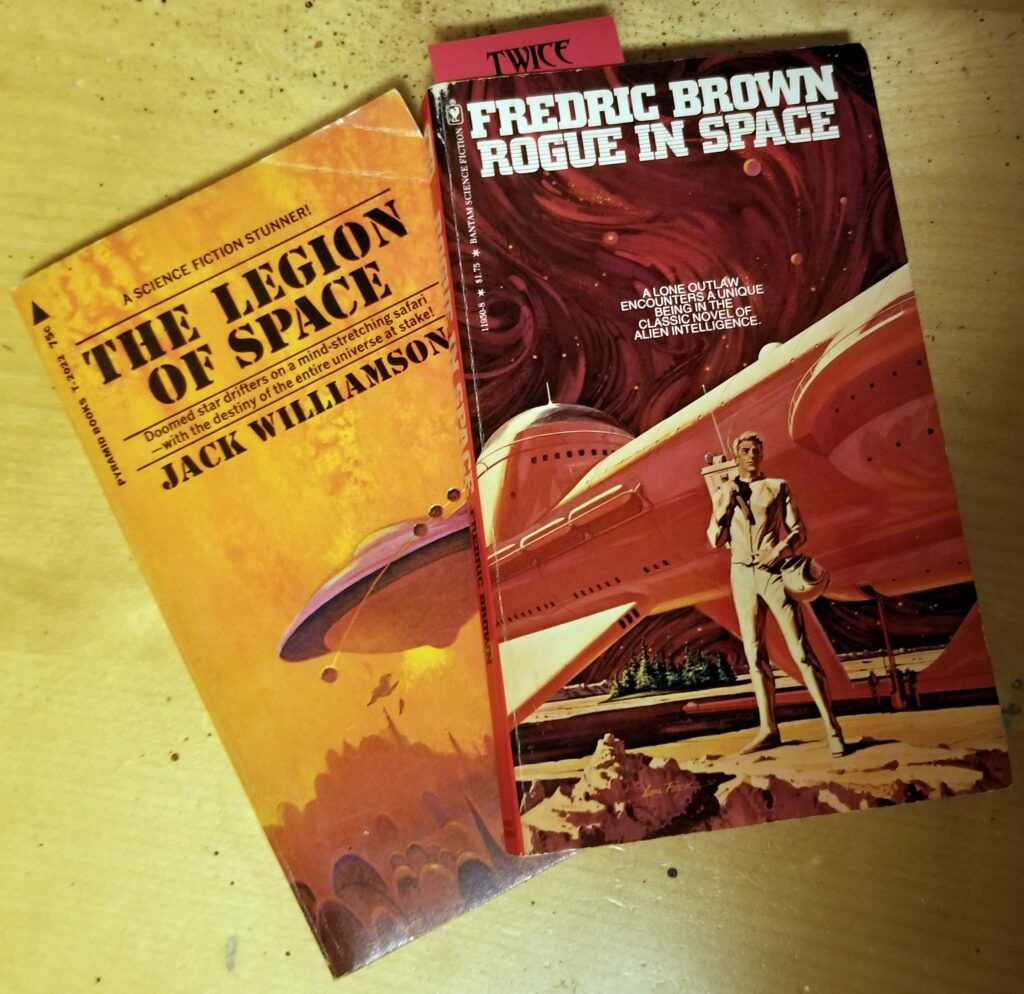Returning to Appendix N (vewy vewy quietly)
Back in 2012, as my interest in old-school D&D was returning and flourishing, I started a project to read all of Gary Gygax’s famous Appendix N. I came up with a detailed plan, researched and assembled a 100-book Appendix N reading list that included recommendations for those authors whose works Gary didn’t note by title […]
Returning to Appendix N (vewy vewy quietly) Read More »

